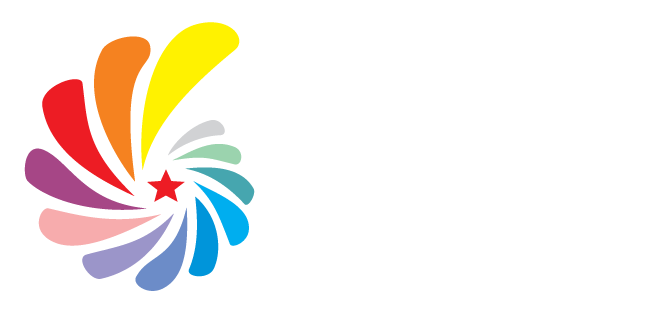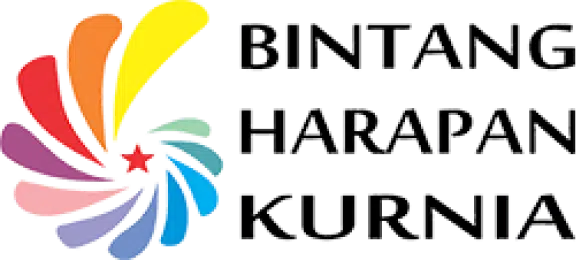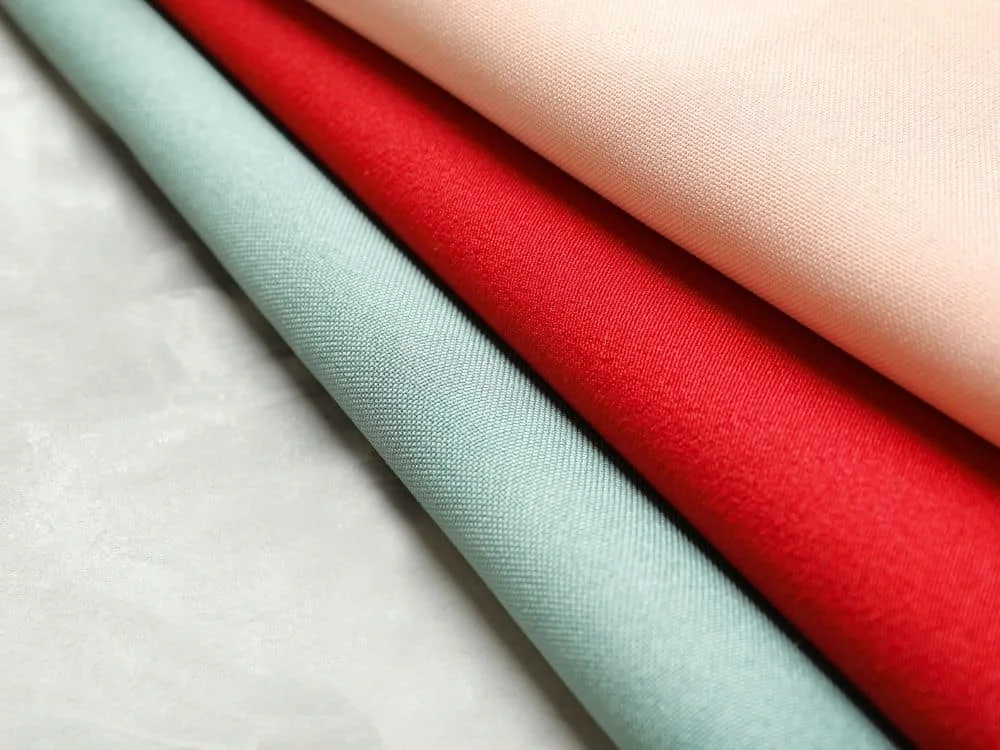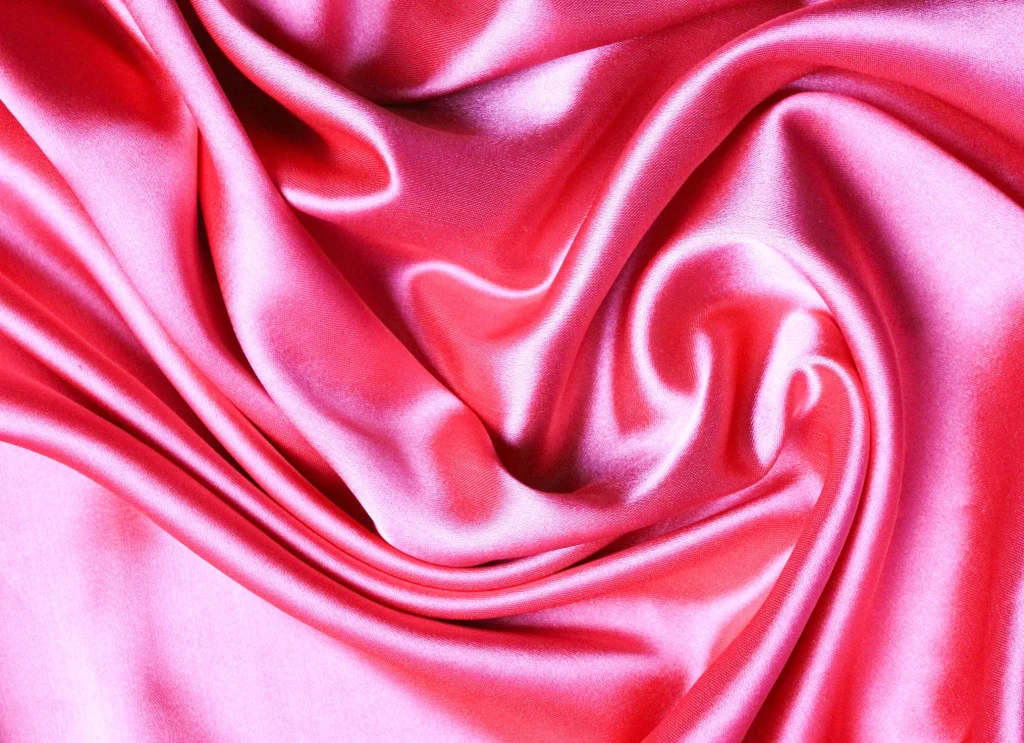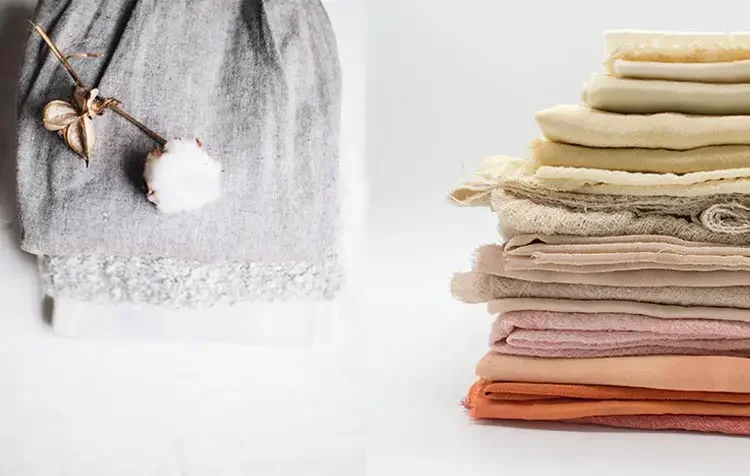
Source: CareElite
The adoption of sustainable textiles is an innovation aimed at mitigating the impact of ongoing environmental pollution. In 2019, the textile industry in Indonesia alone generated approximately 2.3 million tonnes of textile waste, a figure projected to rise to 3.5 tonnes by 2030.
In response to this environmental concern, numerous fashion brands are now transitioning to the use of sustainable textiles in their operations. Beyond their eco-friendly nature, these fabrics also boast uniqueness, providing an additional selling point.
An environmentally friendly fabric is characterized by two factors: the raw materials used and the production process. Such fabrics are exclusively crafted from natural fibers derived from plants, free from the inclusion of additional chemicals.
Also Read: What Is Cotton Fabric: Everything You Need to Know
Type of Sustainable Textiles
The recent surge in sustainable fashion has drawn the attention of both fashion enthusiasts and business owners, highlighting the collective effort to contribute to a better environment. The emergence of sustainable textiles has significantly impacted current fashion trends, with many brands introducing timeless and minimalist clothing models designed for long-term use.
The adoption of sustainable textiles plays a crucial role in mitigating industrial waste, the primary contributor to global waste concerns. Hence, it’s an opportune moment for you to explore the various types of sustainable textiles suitable for fashion materials and potential business ventures!
Among the numerous sustainable textiles available, here are three fabric types that stand out as best sellers and favorites among today’s fashion enthusiasts!
Rayon
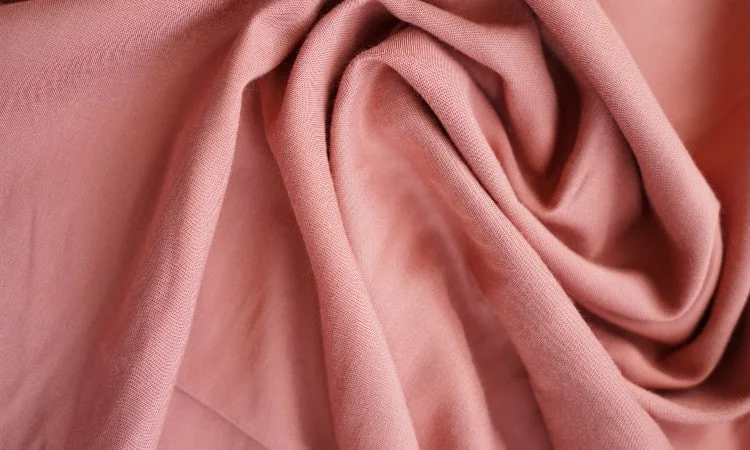
Source: Silver Robbin
Rayon, a sustainable textile, boasts a water absorption capacity of 11-13%, making it exceptionally suitable for Indonesia’s tropical climate. Derived from regenerated cellulose fibers, typically sourced from processed wood pulp, rayon is known for its thin, smooth surface.
Characterized by its lightweight nature and affordability, rayon finds utility not only in the fashion industry but also in various products like scarves, bed sheets, and curtains. Initially discovered around 1860 as a silk substitute by Louis Pasteur and Cout Hilaire de Chardonnet, rayon has open-pore fabric, enhancing breathability during use.
On the flip side, rayon material comes with a few drawbacks, one being its susceptibility to shrinkage due to its plant fiber composition. Therefore, users need to exercise caution during washing and steer clear of using dryers to maintain the integrity of rayon fabrics.
Also Read: 5 Types of Silk Fabric, Loved by Fashion Enthusiasts!
Linen
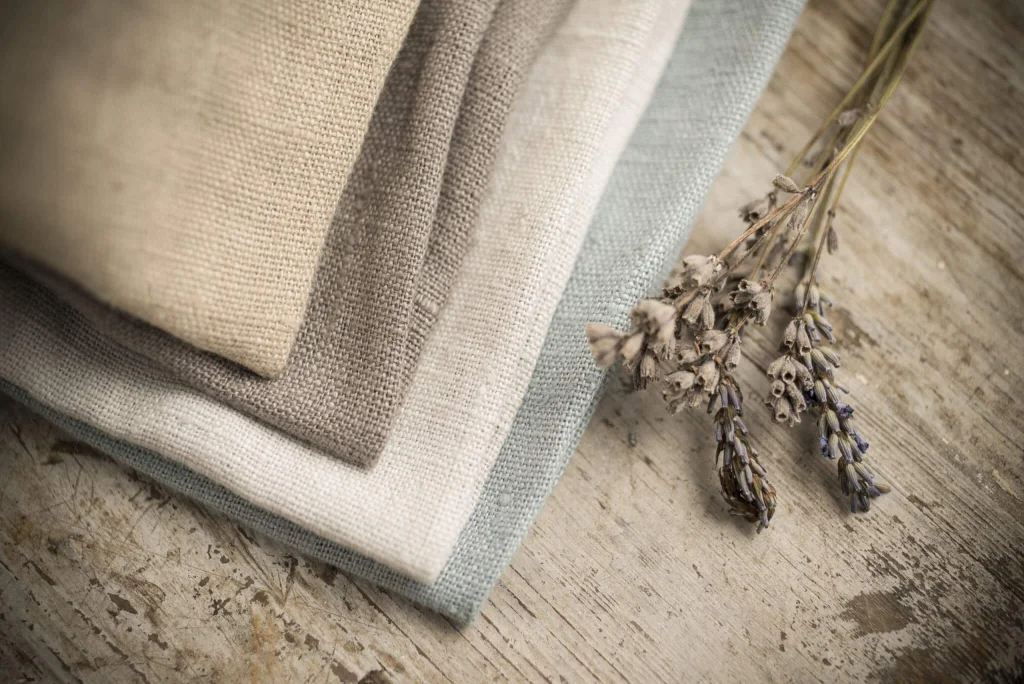
Source: Cameo
Another sustainable fabric recommendation is linen. Linen is crafted from the plant fiber linum usitatissimum, commonly found in tropical regions. Dating back to 400 BC, linen was initially utilized in ancient Egypt for wrapping mummies before their interment.
Due to its natural origins, linen possesses antimicrobial properties, rendering it durable and inhibiting mold growth on the fabric. Linen is characterized by its distinctive wrinkled texture, adding a charming touch when used in clothing.
However, linen has the drawback of having thick fibers that do not absorb water quickly. On the positive side, linen is receptive to various color pigments, allowing for creative experimentation to achieve the desired coloration.
Cotton
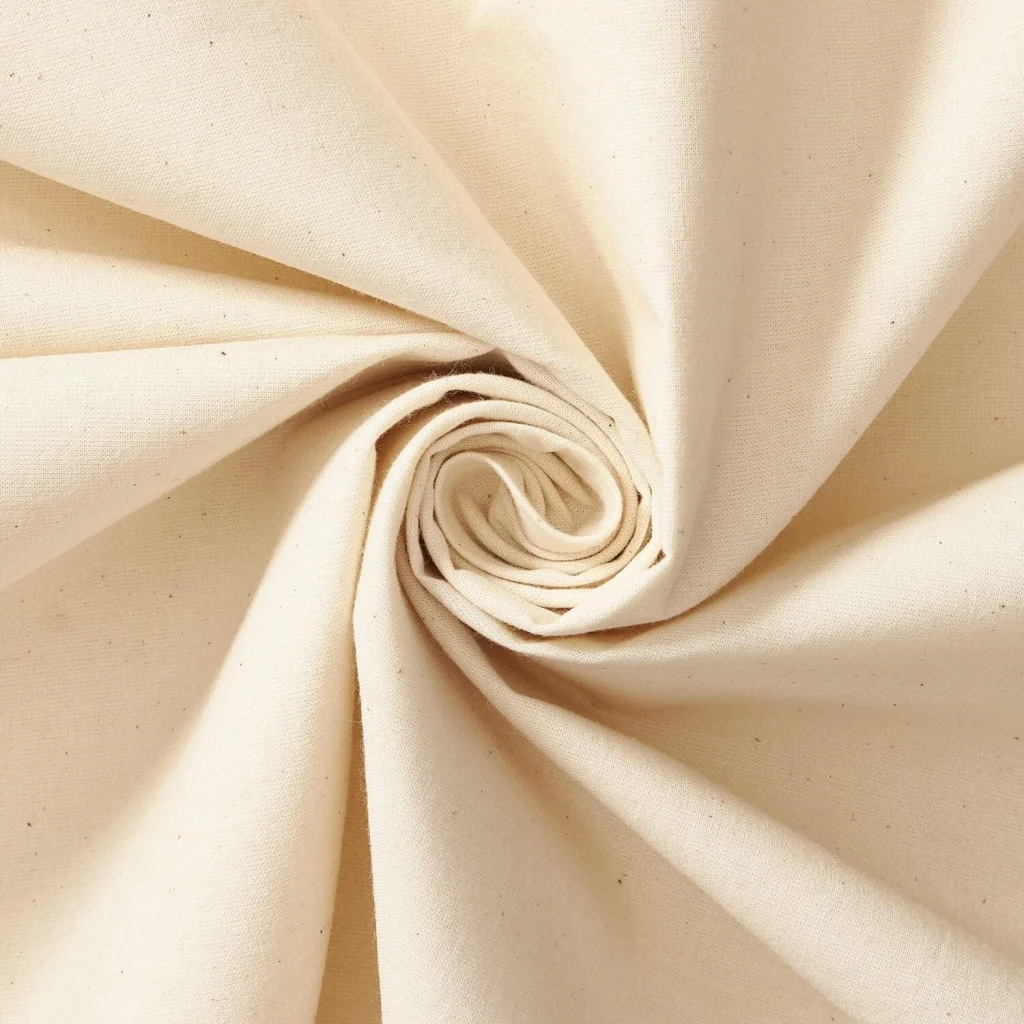
Source: Cameo
Cotton, a fabric crafted from cotton fibers, boasts a smooth and comfortable texture, making it ideal for various types of clothing. Known for its durability and easy maintenance, cotton is extensively used in crafting t-shirts, trousers, tank tops, and more.
There are diverse varieties of cotton, including combed cotton, fleece cotton, rayon cotton, Japanese cotton, and denim cotton. Caring for cotton fabric is notably simple compared to other fabric types, allowing for versatile creations with different fashion elements.
Also Read: Rayon Fabric 101: A Guide to Characteristics, Types, and Pros & Cons
Explore Sustainable Textiles at Bintang Harapan Kurnia, Bali's Best Fabric Store!
Bintang Harapan Kurnia proudly holds the title of Bali’s premier fabric store, capturing hearts for over two decades with its extensive fabric collection. The store has cultivated collaborations with over 200+ fashion brands, presenting a diverse array of fabric types.
What distinguishes Bintang Harapan Kurnia as the leading fabric store in Bali? With decades of experience, the establishment has earned prestigious awards, such as the Sustainable Style Leadership Award, Luxury Textile Excellence Award, Couture Craftsmanship Distinction, and more.
Furthermore, Bintang Harapan Kurnia features a dedicated team of skilled staff, ready to assist in selecting the perfect fabric for your business or personal needs. Don’t miss out! Explore the realm of premium fabrics at Bintang Harapan Kurnia and enhance your fabric shopping experience!
